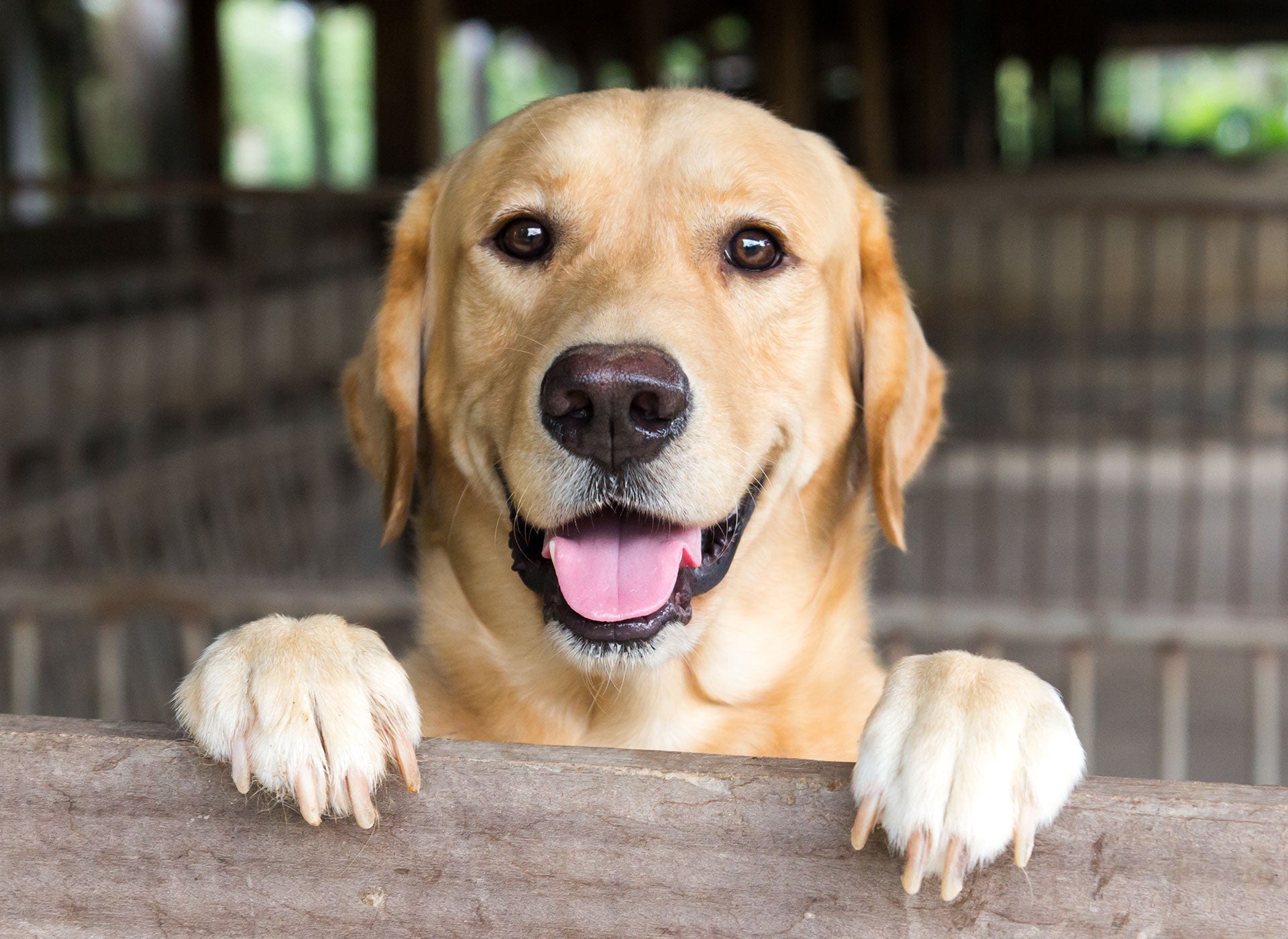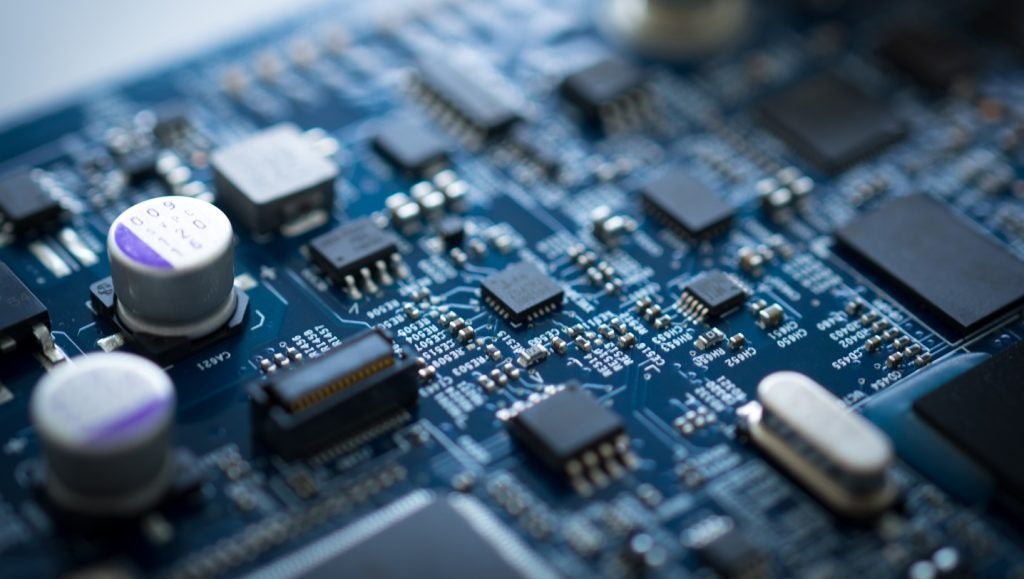
A wearable that can monitor vital signs through fur or several layers of clothing has been developed by researchers, showing potential for use by both pets and people.
The wearable, which takes the form of a flexible, stretchy band, has been developed by researchers at Imperial College London, and overcomes a widespread problem with the nascent wearables for pets market.
While some trackers have been developed for pets, devices that can successfully monitor vital signs have struggled to emerge because animals’ fur prevents the wearable sensors used by humans from working effectively.
This sensor overcomes this, enabling both heart and breathing rates to be effectively monitored on pets, and could also prove beneficial for humans as it can work over up to four layers of clothing.
As a result, it could open the door for an entirely new wearable category – with benefits for pets, working animals and humans alike.
“Wearables are expected to play a major role in monitoring health and detecting diseases early,” said study lead author Dr Firat Guder, from the Department of Bioengineering at Imperial.
“Our stretchy, flexible invention heralds a whole new type of sensor that can track the health of animals and humans alike over fur or clothing.”
“Squishy” wearable for pets uses sound to capture vitals
The sensor, which is detailed today in the journal Advanced Functional Materials, is able to effectively monitor vital signs because it houses a microphone and tightly moulds to the shape of the wearer’s body part.
“The sensor works like a watery, squishy stethoscope, filling any gaps between it and its subject so that no air bubbles get in and dampen the sound,” explained study first author Yasin Cotur, also from Imperial’s Department of Bioengineering.
The sound that is captured is converted into a digital signal that is transmitted to a nearby computer, where it is converted into real-time visual data about the wearer’s vital signs.
It has so far been tested on one dog and five humans.

Benefits for pets, vets, humans and beyond
The wearable has significant potential benefits across animal and human applications, not only for pets but also working animals.
While it could be beneficial to pet owners to keep track on their animals’ health, it could also be used by vets, particularly during surgery. At present vets have to shave animals to attach sensors, but this device would remove the need for that step.
There are also potential benefits for working animals, such as sniffer dogs – with the researchers suggesting that the data the sensor captures could be paired with artificial intelligence (AI) to help eliminate false positives.
Meanwhile, there are a myriad of potential applications in humans, most notably in the health and fitness industries where wearables already have a strong lead.
For now, however, the researchers plan to expand their testing to better adapt the device to different animals.
“The next step is to validate our system further with animals, primarily focusing on sniffer dogs and then horses and livestock later on,” said Cotur.
In the long run there are even plans to integrate motion sensors to track an animal’s movement, and develop a supporting smartphone app.
Read more: Can technology make vegan pet food a reality?







